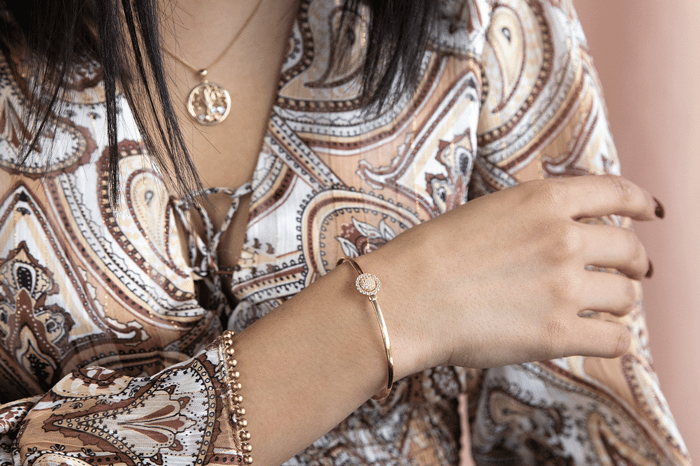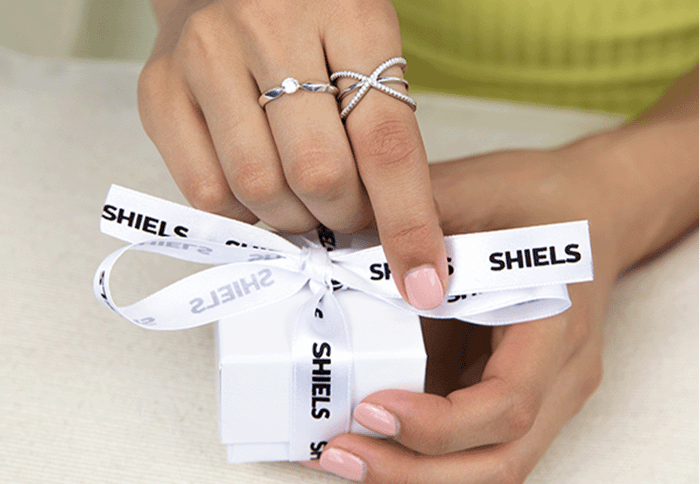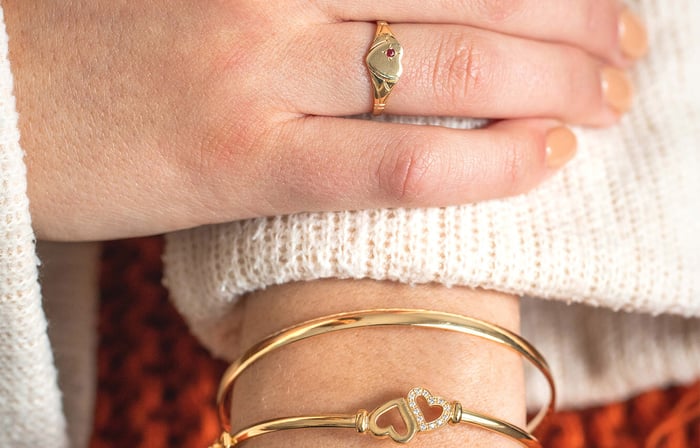Jewellery serves various purposes around the world, reflecting diverse cultural identities and traditions. In fact, jewellery holds a rich history of cultural associations dating to 400 BC. The role of jewellery includes aesthetic, religious and practical purposes, making it a huge contributor to our current knowledge of history. The importance of jewellery extends beyond decorative functions; it serves as a reminder of the lives of those within certain societies, groups and cultures. Read on as we uncover the role of jewellery in different cultures around the world!
Overview:
The Symbolism of Jewellery
Jewellery has been crafted to symbolise various traditions, religions and ways of life. In early societies, jewellery was worn as amulets to protect against bad spirits. Jewellery has been widely utilised as an identification of class hierarchy, with wealthier families flaunting rare gemstones. It was not long until jewellery became a universal symbol of commitment. And yes, we are talking about engagement rings and wedding rings. The symbolism of jewellery is determined by a wide range of factors, including the type of gemstone, colour, design, type and size of the jewellery. For example, a rose gold engagement ring symbolises romance.

Jewellery in Different Cultures
Jewellery has been (and still is) worn for multiple purposes in a wide range of cultures. Below are only a few examples of thousands of ways jewellery is worn and symbolised.
Jewellery in African Cultures
Jewellery plays an important role in African societies. African people would usually wear the ankh symbol, an oval loop, to reflect traditional ideas surround the meaning human life and afterlife. The ankh symbolises the core ideas in many indigenous African religions, signifying the interconnectedness of life and heritage. Many African people wear ankhs today as a reminder of their roots. Jewellery is worn in some African cultures to mark someone’s stage in life. For example, a child’s adornment may change after they attain puberty or get married. Beaded jewellery made from seeds are used to symbolise the uniqueness of their traditions. Maasai beads remain a major part of African existence, with precise beadwork containing various meanings. Other common symbols in African jewellery include cowrie shells, adinkra symbols and geometric patterns.
Jewellery in Asian Cultures
The history of jewellery in South Asia dates to thousands of years. Jewellery was originally made from natural materials, such as feathers, flowers and feathers. During the 17th century, jewellery became more recognised as a status of wealth, with emperors wearing luxurious pieces of jewellery containing pearls and gems. Gold jewellery held great importance to women particularly, indicating her status in society. Asian bridal jewellery is a huge part of Asian cultures, with the “Solah Shringar” referring to 16 traditional adornments of a Hindu bride. Some of these adornments include maang tika (a piece of jewellery worn on the forehead), choodiyan (bangles) and aarsi (thumb rings). Groomsmen would typically tie a mangala sutra around the bride’s neck to show her marriage status. Traditional Chinese jewellery fuses technical skill with artistry, showcasing high-quality craftsmanship. In ancient China, silver and jade jewellery was valued over gold. The strong symbolic meaning of immortality associated with jade overruled gold.

Jewellery in Middle Eastern Cultures
The Middle East is a blend of cultures and regions, having a diverse social and cultural life – which in turn means diverse jewellery uses! Early jewellery in the Middle East was mostly made from copper, sometimes adorned with shell and bone. Precious stones such as diamonds, sapphires, pearls and turquoise were considered symbols of wealth. In some regions of the Middle East, jewellery serves as protection for women. Jewellery also symbolised a person’s marital status. Amulets were often worn with symbolic designs such as the hamsa hand and the nazar boncugu. Arabic jewellery is an integral part of the cultural heritage of the Middle East. Primarily used for ceremonial purposes including burials, Arabic jewellery consists of elaborate and intricate designs.
Jewellery in Western Cultures
Jewellery serves various purposes in Western cultures, being primarily seen as a form of self-expression and a fashion statement. Wedding rings, traditionally worn on the ring finger of the left hand, are widely associated with love. From white gold wedding rings to soft rose gold wedding rings, Western cultures use a wide range of materials to celebrate love. These make great heirloom pieces, being passed down from family generations. Diamonds became popular in the 20th century, thanks to a successful marketing campaign by the diamond company De Beers. Western societies hold diverse religious backgrounds, meaning that religious jewellery adorned with crosses and crucifixes are commonly worn to express one’s religious beliefs.

The Universal Value of Jewellery
The value of jewellery transcends beyond finance, making it a significant part of human existence. Jewellery holds moments of history and innovation, allowing us to feel connected to the world. Jewellery sparks conversations, teaches us about societies, and connects us to families. Because of this, it is safe to say that jewellery holds strong universal value. Some popular valuable pieces of jewellery include white gold engagement rings and gold engagement rings.
Conclusion
Jewellery is long associated with different cultures around the world, making it an important piece of people’s lives and history. From symbols of protection and wealth to tools of identification, jewellery serves a wide range of purposes. Jewellery is still well alive as a cultural and religious tool, meaning that Shiels provides an immense range of jewellery for all cultural purposes. From traditional gold wedding rings to beaded necklaces, shop a culturally and spiritually valuable piece of jewellery today at Shiels!












